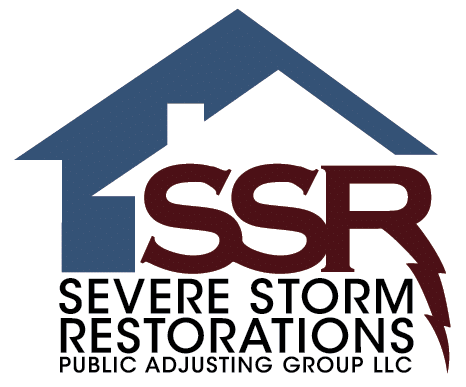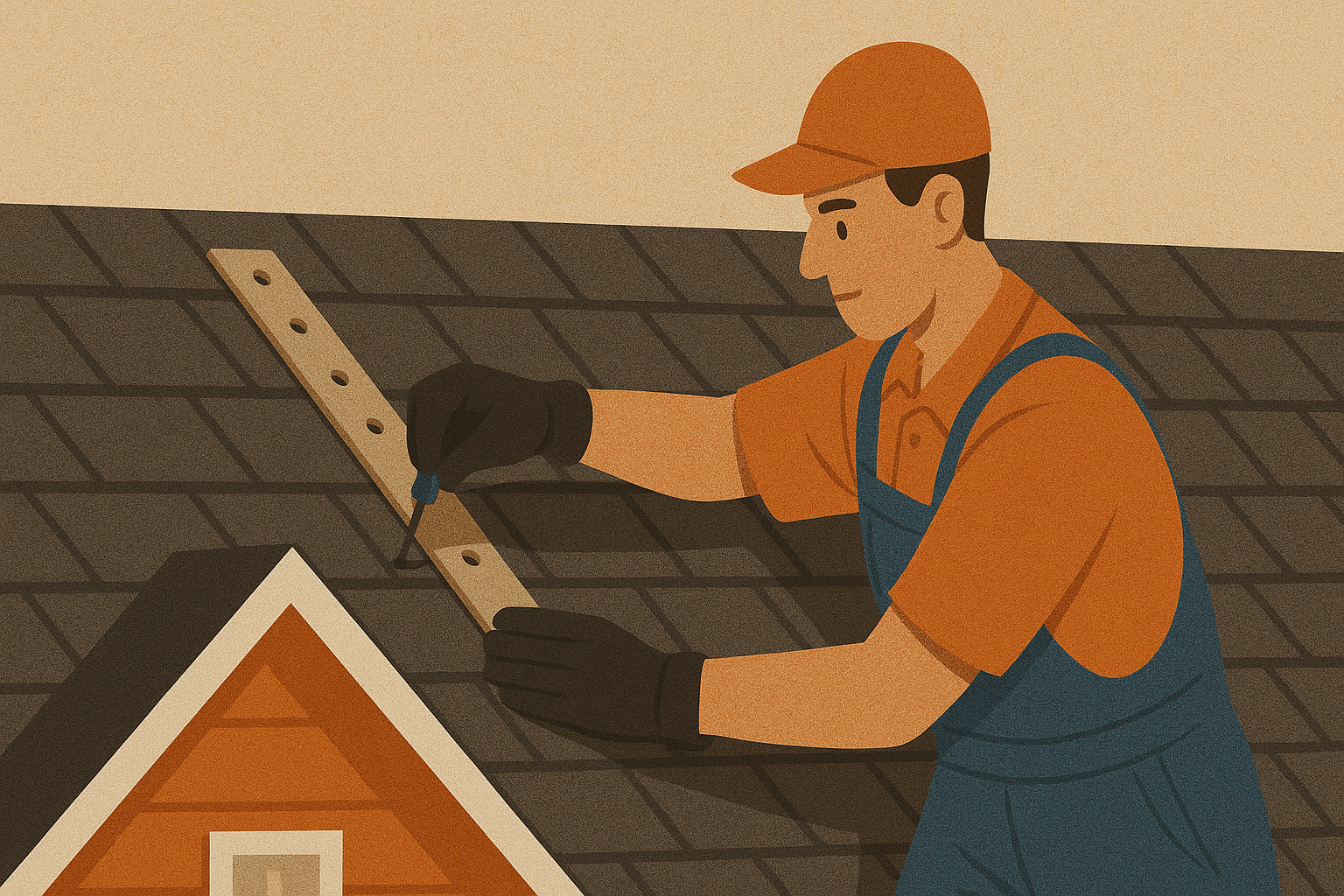Your roof is one of the most critical components of your home or commercial property, serving as the first line of defense against weather elements such as rain, snow, wind, and heat. It also plays a vital role in maintaining structural integrity and protecting everything beneath it, from furniture and electronics to the safety of your family or employees. Despite its importance, roof maintenance is often overlooked until visible damage, like leaks or sagging, becomes apparent.
Unfortunately, delaying routine inspections and repairs can have far-reaching consequences. Hidden issues, such as small leaks or minor cracks, may seem insignificant at first but can quickly escalate into costly problems. These hidden costs go beyond immediate damage, affecting your wallet with unexpected repair expenses, diminishing property value, and even compromising safety if structural integrity is at risk.
In this article, we’ll dive into the long-term financial and structural consequences of skipping regular roof maintenance. You’ll also learn why proactive care is essential, not just for protecting your property but for avoiding unnecessary expenses and ensuring peace of mind. By addressing maintenance needs early, you can save money, increase your roof’s lifespan, and safeguard your investment for years to come.
Why Roof Maintenance Matters
Roof maintenance goes beyond simply patching up visible leaks; it’s about safeguarding the structural integrity and overall health of your property. Your roof endures constant exposure to harsh weather conditions, from intense sun and heavy rain to snow and wind, all of which can gradually weaken its materials. Regular maintenance ensures these issues are identified and addressed before they evolve into larger, more expensive problems.
Routine inspections, conducted by professionals or knowledgeable property owners, play a crucial role in spotting potential weak points. Small issues, such as cracked shingles, minor leaks, or loose flashing, may seem insignificant initially. However, if left unattended, they can quickly escalate into extensive damage that affects the roof’s underlying structure, insulation, and even your home’s interior. Proactively addressing these minor concerns not only saves you money but also prevents disruptions caused by emergency repairs.
In addition to financial savings, regular roof maintenance contributes to the longevity of your roof. By investing in periodic check-ups and timely repairs, you can extend the lifespan of your roofing system, delaying the need for a costly replacement. A well-maintained roof not only protects your property but also enhances its value, making it a worthwhile investment in the long run.
The Hidden Financial Costs of Neglected Roof Maintenance
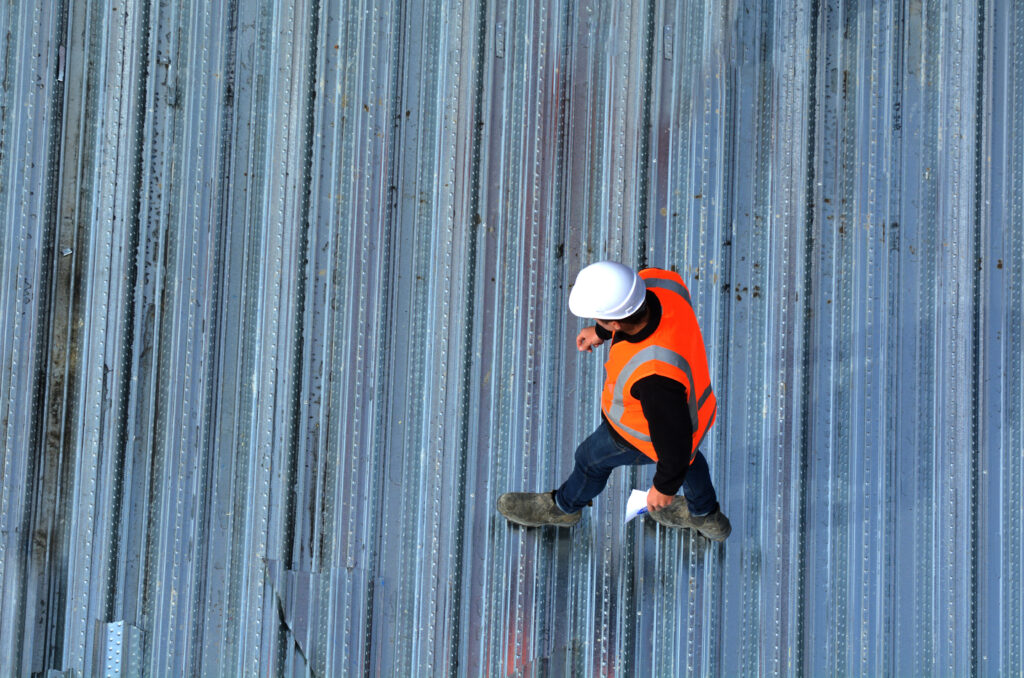
1. Expensive Repairs and Replacements
One of the most immediate and noticeable consequences of neglecting roof maintenance is the steep cost of repairs or even a full roof replacement. What begins as a small issue, such as a cracked shingle or a minor leak, can quickly spiral into significant structural damage if left unaddressed. Water infiltration can compromise the wooden beams, insulation, and interior ceilings, leading to costly repairs that could have been avoided with routine maintenance.
For example, repairing a small leak might cost between $300 and $600, depending on its location and severity. However, if the leak causes widespread water damage or mold growth, the repair costs can soar into the thousands. In extreme cases, the damage might necessitate a complete roof replacement, which can cost anywhere from $5,000 to $15,000 or more, depending on the material and size of the roof. Routine inspections and timely repairs are a cost-effective way to avoid these significant expenses.
2. Increased Energy Bills
A neglected roof can lead to poor energy efficiency in your home or building. Damaged insulation, cracked shingles, or gaps in the roofing system can allow air to escape, making it difficult to regulate indoor temperatures. During the winter, heat escapes through these openings, and in the summer, cool air seeps out, forcing your HVAC system to work overtime to maintain a comfortable environment.
This inefficiency can translate into significantly higher energy bills. Studies show that energy losses through a poorly maintained roof can add hundreds of dollars to annual utility costs. Over time, these additional expenses can far exceed the cost of regular roof maintenance. By keeping your roof in good condition, you can improve energy efficiency, reduce HVAC strain, and save money in the long run.
3. Insurance Issues
Many homeowners are unaware that neglecting roof maintenance can lead to complications with their insurance policies. Most insurance providers include clauses requiring property owners to maintain their roofs to remain eligible for coverage. If a claim is filed for damage resulting from poor maintenance, such as leaks caused by missing shingles, the insurer may deny the claim, leaving you to cover the repair costs out of pocket.
To protect your coverage, it’s essential to document all roof maintenance activities, including inspections and repairs. Save receipts and take photos of the roof before and after any work is done. Regular maintenance not only helps you comply with your insurance policy but also ensures that your home is better protected against storms and other natural disasters. Taking these steps can save you from financial and legal headaches down the road.
Structural Consequences of Skipping Roof Maintenance
1. Water Damage and Leaks
Neglected roofs are highly susceptible to water infiltration, which can cause extensive damage to a home’s interior. Even a small leak can result in significant issues over time, including stained ceilings, warped floors, and deteriorated walls. As water continues to penetrate the structure, it can compromise the foundational elements of the building, leading to weakened support beams and, in severe cases, the risk of collapse.
Signs of Water Damage:
- Stained ceilings or walls, often appearing as brownish or yellowish patches.
- Peeling or bubbling paint and wallpaper, indicating trapped moisture.
- Persistent moldy or musty odors, which could signal hidden leaks.
Addressing leaks early not only prevents structural damage but also saves you from the high costs of interior repairs.
2. Mold and Mildew Growth
Unchecked water infiltration creates the perfect breeding ground for mold and mildew. These fungi thrive in damp, dark environments, spreading rapidly across walls, ceilings, and flooring. Beyond the unsightly appearance and unpleasant odors, mold can pose serious health risks to occupants, particularly those with allergies or pre-existing respiratory conditions.
Health Risks of Mold:
- Aggravation of asthma symptoms and other respiratory issues.
- Skin irritations, rashes, and redness from direct exposure.
- Long-term respiratory complications due to inhalation of mold spores.
Once mold takes hold, remediation can be time-consuming and costly. Preventing water intrusion through regular roof maintenance is the most effective way to mitigate these risks.
3. Compromised Structural Integrity
A neglected roof doesn’t just affect the surface—it can undermine the entire structural integrity of your home. Water damage leads to rotting wooden beams, sagging rooflines, and weakened support systems. Over time, these issues can spread, making the structure unsafe and requiring extensive repairs to restore stability.
Common Structural Issues:
- Sagging roof sections, which signal excessive water damage or structural stress.
- Rotting wood in attic spaces or roof decking, reducing load-bearing capacity.
- Cracked or shifting foundations due to improper water drainage from the roof.
These structural problems not only pose safety risks but also drive up repair costs significantly. Investing in regular inspections and proactive maintenance can help preserve your home’s stability and prevent these costly outcomes.
Hidden Risks to Property Value
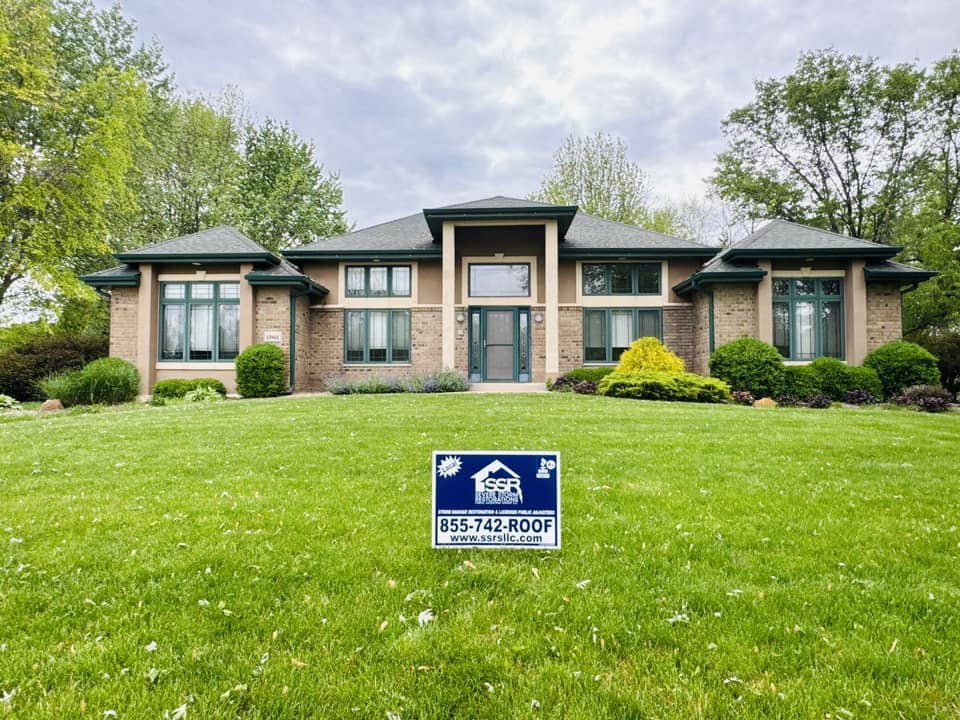
1. Reduced Curb Appeal
A well-maintained roof serves as a focal point for your home’s exterior, significantly enhancing its curb appeal. A clean, intact roof with no missing shingles or visible damage portrays a sense of care and maintenance, which appeals to potential buyers and neighbors alike. On the other hand, visible damage—such as cracked or missing shingles, moss growth, or discoloration—can detract from your home’s overall aesthetic.
Impact on First Impressions:
- Damaged roofs create an impression of neglect, making your home look older and less attractive.
- Poor curb appeal can discourage potential buyers before they even step inside the property.
Maintaining your roof not only boosts visual appeal but also reflects the overall health and value of your home.
2. Lower Resale Value
A neglected roof can significantly affect your home’s market value. Prospective buyers often pay close attention to the condition of the roof during inspections. Visible issues, such as sagging or leaks, can raise concerns about future repair costs, leading to lower offers or even deterring buyers altogether. In competitive real estate markets, a neglected roof can be a dealbreaker.
Why a Well-Maintained Roof Matters:
- Homes with well-maintained roofs are seen as move-in ready, which can justify higher asking prices.
- A neglected roof may result in additional costs for buyers, leading them to demand price reductions or move on to another property.
Stat: Studies show that homes with well-maintained roofs can sell for an average of 3–5% more than those with visible roofing issues. Regular roof care is an investment that pays off when it’s time to sell, ensuring you maximize your property’s value.
Common Roof Issues Caused by Neglect
1. Cracked or Missing Shingles
Shingles are the first line of defense against the elements, protecting your roof from rain, wind, and UV rays. Over time, they can crack, curl, or even fall off due to weathering, high winds, or impact from debris. When shingles are missing or damaged, the protective barrier is compromised, leaving the underlying layers exposed to moisture and further deterioration.
Consequences of Neglected Shingles:
- Water infiltration can lead to leaks, damaging the interior of your home.
- Prolonged exposure can weaken the roof decking, increasing the risk of structural issues.
- Accelerated wear on nearby shingles due to uneven distribution of protective layers.
Regular inspections and prompt replacement of damaged shingles can prevent small issues from escalating into costly repairs.
2. Clogged Gutters
Gutters are essential for maintaining proper water drainage, directing rainwater safely away from your roof and foundation. However, when clogged with leaves, dirt, and debris, gutters can become ineffective, causing water to back up onto the roof. This standing water can seep under shingles, leading to leaks, wood rot, and even ice dams in colder climates.
Risks of Clogged Gutters:
- Pooling water can weaken the roof’s structure and shorten its lifespan.
- Overflowing gutters can damage siding, windows, and landscaping.
- Foundation damage caused by water pooling around the base of your home.
Keeping gutters clean and free-flowing is a simple yet effective way to protect your roof and home from water damage.
3. Flashing Failures
Flashing is a critical component of your roofing system, designed to seal and waterproof the joints, edges, and intersections where different roofing materials meet. Common areas with flashing include chimneys, vents, skylights, and valleys. Over time, flashing can deteriorate, become loose, or be improperly installed, creating entry points for water.
Signs of Flashing Issues:
- Visible rust, cracks, or lifting around flashing areas.
- Water stains or leaks inside the home near flashing locations.
- Mold or mildew growth around the edges of chimneys or skylights.
Damaged flashing can lead to extensive water damage, including rot in the roof decking and walls. Regularly inspecting and repairing flashing ensures your roof remains watertight and structurally sound.
The Benefits of Regular Roof Maintenance
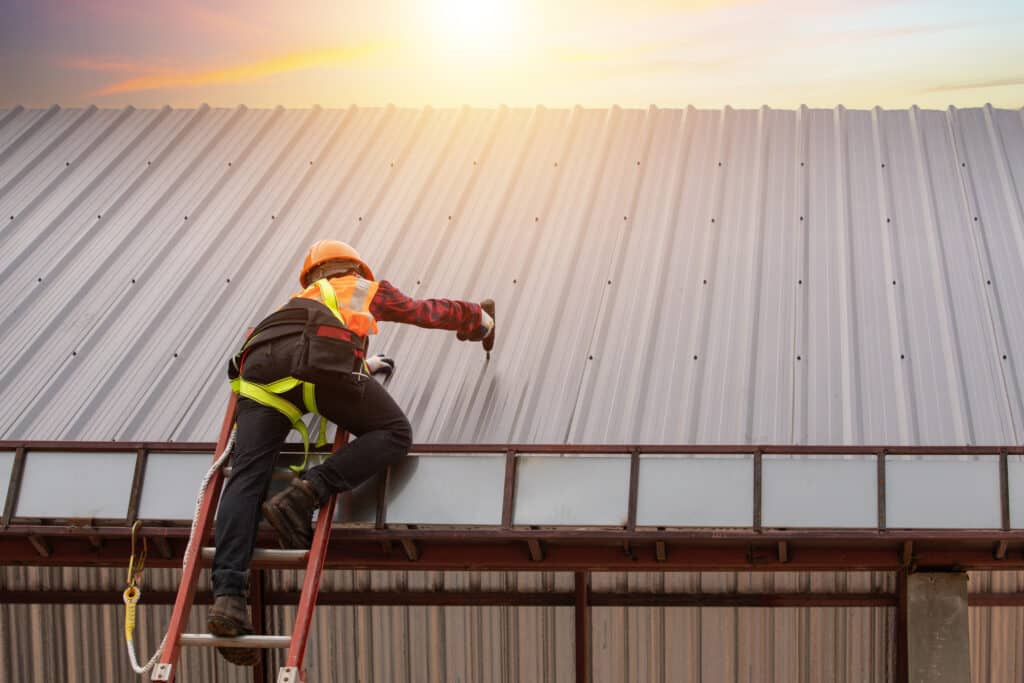
1. Cost Savings
Investing in regular roof maintenance is significantly more affordable than dealing with emergency repairs or a full roof replacement. Routine inspections, costing around $100 to $300 annually, can identify and address small issues like minor leaks or missing shingles before they escalate into larger, costlier problems.
Example:
A small repair for a leak may cost a few hundred dollars, whereas water damage from neglect can lead to interior repairs costing thousands. By staying proactive, you not only save money but also avoid the inconvenience and stress of unexpected roof damage.
2. Extended Roof Lifespan
Routine care and timely repairs can add 10–20 years to the lifespan of your roof, ensuring you get the most out of your investment. Neglected roofs often deteriorate faster, requiring replacement far earlier than necessary, which can be a significant financial burden.
Tip:
Schedule professional roof inspections at least twice a year—once in the spring to address winter damage and once in the fall to prepare for colder months. Seasonal maintenance can help identify wear and tear caused by changing weather conditions, ensuring your roof remains in top shape.
3. Improved Energy Efficiency
A well-maintained roof contributes to better insulation, which helps maintain consistent indoor temperatures. Sealing cracks, replacing damaged shingles, and ensuring proper ventilation prevent energy loss, reducing the strain on your HVAC system. This translates to lower heating and cooling costs, especially during extreme weather conditions.
Key Benefits:
- Preventing air leaks reduces drafts and keeps indoor spaces comfortable.
- Proper insulation minimizes heat loss in winter and keeps your home cooler in summer.
Over time, these savings on energy bills can significantly offset the cost of regular maintenance.
4. Enhanced Property Value
A roof in good condition is one of the first things potential buyers notice when evaluating a home. A well-maintained roof not only enhances curb appeal but also serves as a sign of overall property care. Buyers are more likely to make higher offers on homes with roofs that require little to no immediate repairs.
Why It Matters:
- A visually appealing, damage-free roof can increase the perceived value of your home.
- Many buyers request roof inspections before closing; having a well-maintained roof ensures fewer issues during negotiations.
Investing in regular maintenance isn’t just about keeping your roof functional—it’s about protecting and increasing your property’s value over time.
How to Maintain Your Roof
1. Schedule Regular Inspections
Scheduling professional roof inspections is essential for identifying hidden issues that may go unnoticed during casual observation. Trained inspectors can detect weak spots, loose or missing shingles, deteriorating flashing, and potential leaks before they cause significant damage.
Tip:
Aim to have inspections done at least twice a year—once in the spring and once in the fall. Additionally, arrange for an inspection after severe weather events like storms or hail to assess any immediate damage.
2. Clean Gutters and Downspouts
Clogged gutters and downspouts can lead to water pooling on your roof, increasing the risk of leaks, water damage, and ice dams in colder months. Regular cleaning ensures proper water drainage, protecting both your roof and foundation from damage.
How to Maintain:
- Remove leaves, twigs, and debris from gutters at least twice a year.
- Check for cracks or sagging sections that may need repair.
- Consider installing gutter guards to minimize buildup and reduce maintenance needs.
3. Trim Overhanging Branches
Trees that grow too close to your home can pose significant risks to your roof. Overhanging branches may scrape against shingles during windy conditions or fall onto the roof during storms, causing structural damage.
Preventive Measure:
Regularly trim back any branches within a safe distance of your roof. This not only prevents damage but also reduces the likelihood of leaves and debris accumulating in your gutters, further protecting your roof.
4. Address Repairs Immediately
Minor roof issues, such as loose shingles, small leaks, or damaged flashing, should be repaired promptly to prevent them from escalating into costly problems. Ignoring these small issues can lead to water infiltration, mold growth, and structural damage over time.
Why It’s Important:
Quick repairs minimize the risk of additional damage and prolong the life of your roof. Delaying maintenance may result in the need for larger, more expensive fixes, such as replacing entire sections of the roof or addressing water-damaged interiors.
Modern Roofing Solutions to Simplify Maintenance
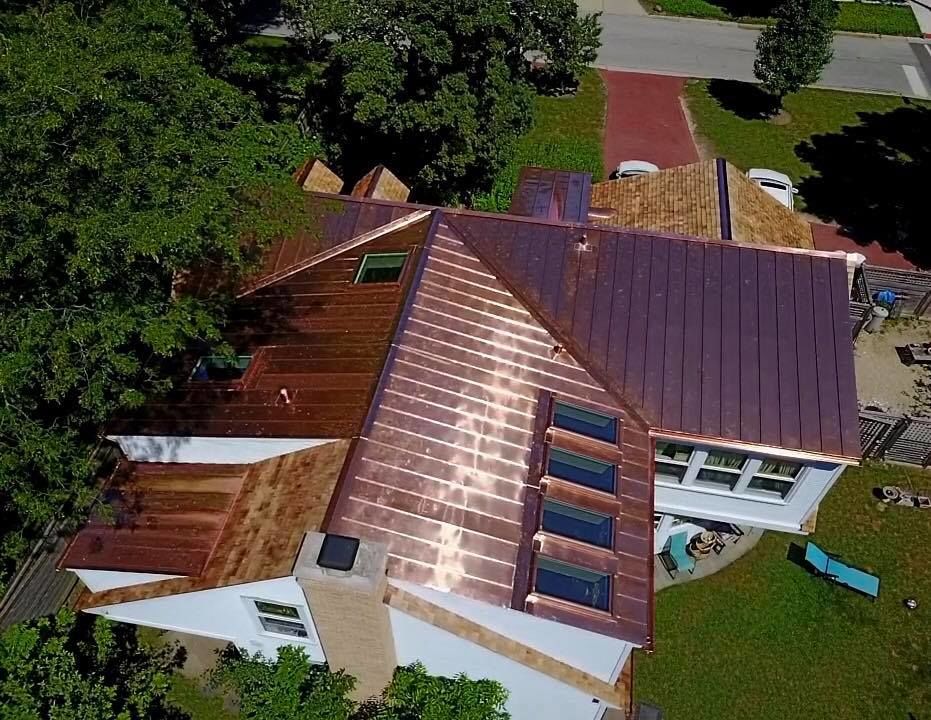
1. Metal Roofing
Metal roofing is renowned for its durability and low-maintenance properties. It stands up well to harsh weather conditions, including heavy rain, snow, and high winds, making it a reliable choice for homeowners in diverse climates. Additionally, metal roofs are fire-resistant and can last 40–70 years or more with proper care.
Advantages:
Metal roofs require minimal upkeep compared to traditional materials like asphalt shingles. Regular inspections to check for loose screws or debris accumulation are often enough to maintain their integrity. Furthermore, metal roofing is eco-friendly, as it is typically made from recycled materials and is fully recyclable at the end of its lifespan.
2. Cool Roofs
Cool roofs are specially designed to reflect more sunlight and absorb less heat than standard roofing materials. They achieve this through the use of reflective coatings, lighter colors, or specialized materials that minimize heat absorption. This feature not only enhances energy efficiency but also reduces wear caused by temperature fluctuations.
Benefits:
By keeping the roof surface cooler, cool roofs reduce thermal expansion and contraction, which can lead to cracks and damage over time. They also help lower cooling costs in warm climates, making them an energy-efficient and environmentally friendly option for homeowners.
3. Roof Coatings
Roof coatings act as an additional protective layer for your roof, shielding it from the elements and extending its lifespan. Available in a variety of formulations, such as silicone, acrylic, or polyurethane, these coatings are suitable for many roofing types, including metal, asphalt, and flat roofs.
Key Features:
Roof coatings seal small cracks and gaps, preventing leaks and reducing the risk of water damage. They also provide UV protection, helping to mitigate the effects of sun exposure that can degrade roofing materials over time. With periodic reapplication, roof coatings can significantly enhance the durability and efficiency of your roofing system.
Conclusion: Invest in Your Roof’s Future
Neglecting roof maintenance might seem like a convenient way to save time and money in the short term, but the hidden risks far outweigh any initial savings. Over time, small, overlooked issues can escalate into major problems that compromise your roof’s integrity and lead to costly repairs or replacements. Prioritizing regular maintenance ensures your roof continues to provide reliable protection for your home or building.
Financial Impact: Proactive care can save you thousands of dollars by addressing minor issues before they develop into serious damage. Regular inspections help catch problems early, reducing the risk of leaks, structural damage, or insulation failure that could result in skyrocketing energy bills or extensive repairs.
Property Value: A well-maintained roof boosts your home’s curb appeal and preserves its market value. Buyers are more likely to invest in a property with a solid, well-kept roof, while visible damage can lower offers or scare away potential purchasers altogether.
Take control of your roof’s future by scheduling a professional inspection today. Investing in roof maintenance now will safeguard your property, improve energy efficiency, and ensure your roof stands the test of time for years to come.
